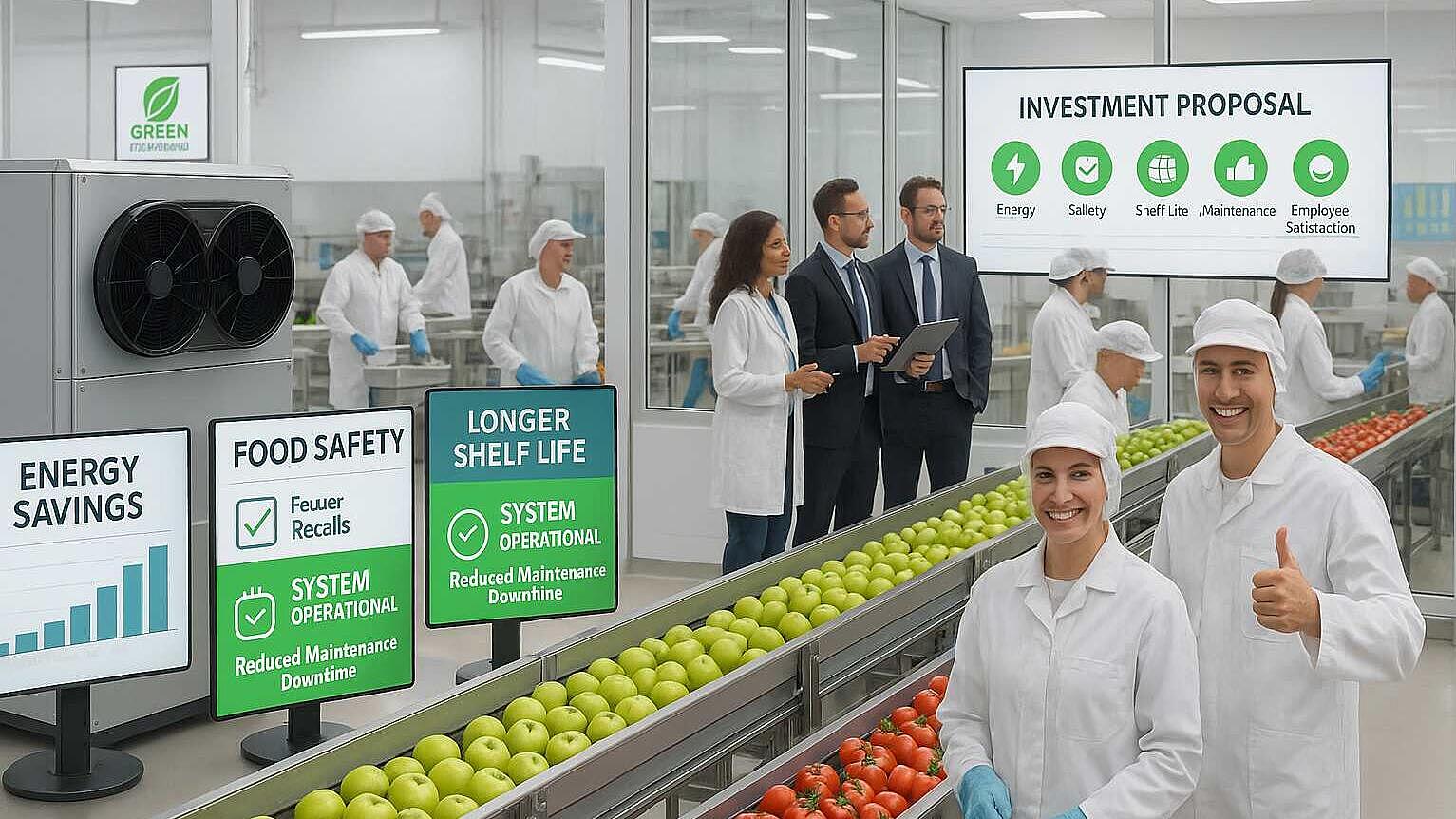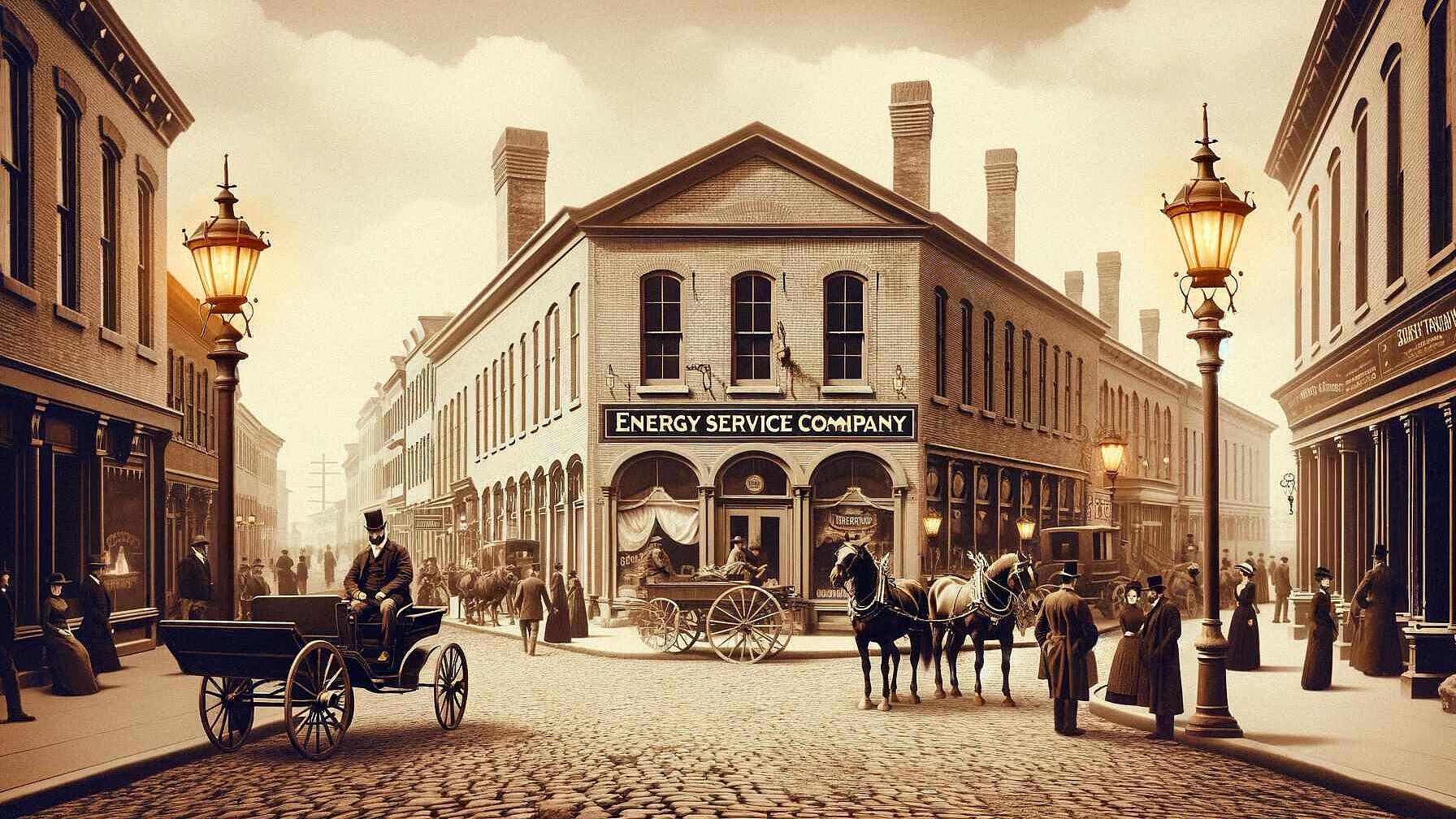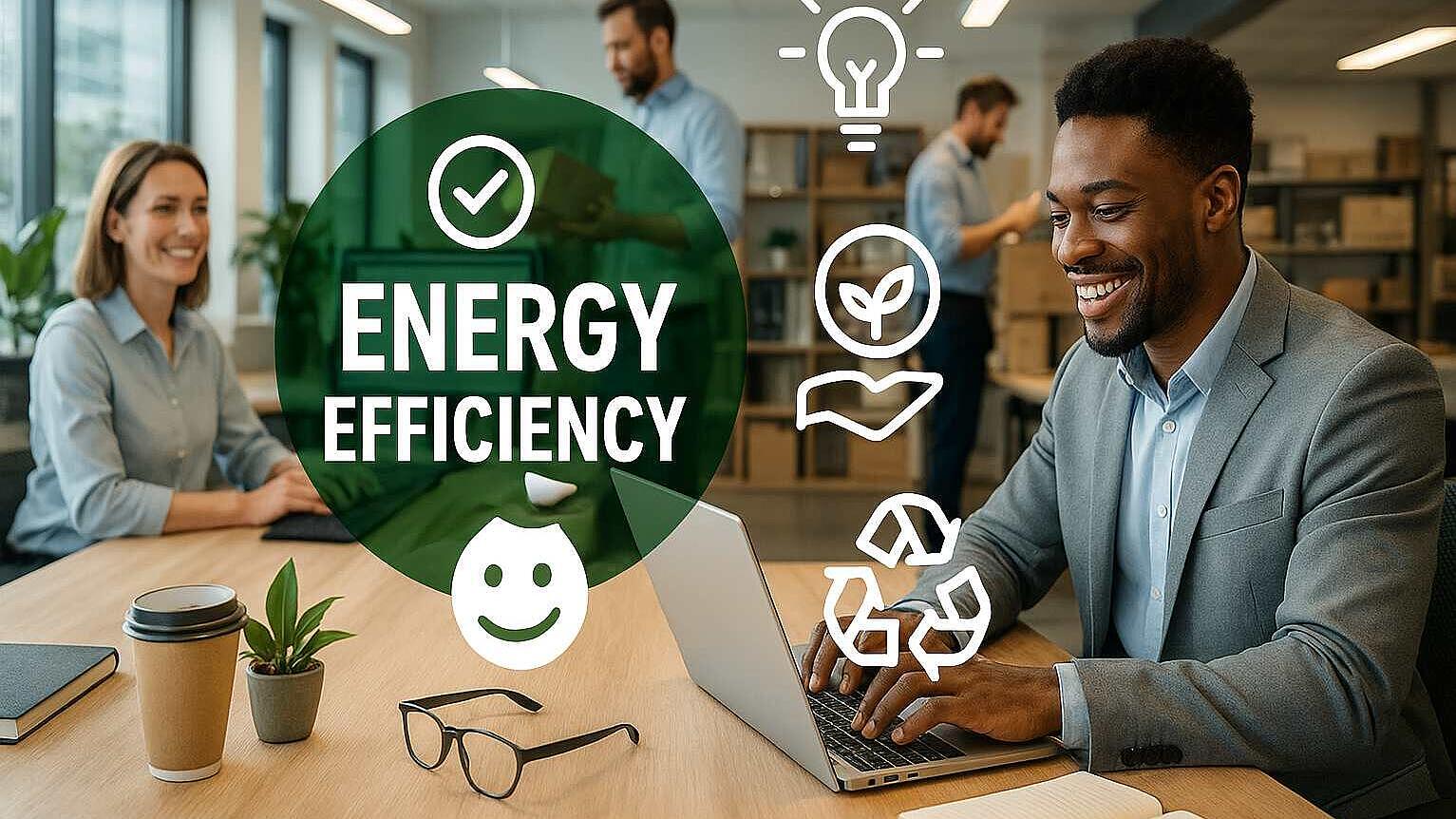 Energy Efficiency
Energy EfficiencyUnlocking True Value: Why Multiple Benefits Are the Future of Energy Efficiency
Summary
The M-Benefits project and European researchers have found that merely emphasizing energy savings is insufficient to motivate significant investment in energy efficiency projects. Although energy efficiency is recognized as crucial within the EU 2030 policy and by the International Energy Agency, there is a gap in actual investment by companies. Traditional investment models shortchange the numerous indirect benefits such as improved employee productivity, product quality, and competitive edge. The M-Benefits project, led by Fraunhofer ISI, aims to remedy this by providing a toolkit and training designed to help energy professionals identify, quantify, and communicate the broad advantages of energy efficiency investments. The approach emphasizes aligning projects with management priorities across value proposition, cost reduction, and risk reduction. Real-world implementation across various sectors has shown that understanding and leveraging these wider benefits can expedite project approval and enhance the likelihood of investment. To further this approach, a unified framework for evaluating multiple benefits, comprehensive training, and a robust evidence base of case studies have been established. As climate targets and sustainability demands intensify, valuing multiple benefits is becoming increasingly important. For upcoming professionals, mastery of these concepts represents an opportunity to contribute significantly to their organizations' climate and economic goals.
Open full article
Unlocking True Value: Why Multiple Benefits Are the Future of Energy Efficiency
Why do so many energy efficiency projects struggle to gain traction—even when the math says they should pay off? The answer, according to the M-Benefits project and leading European researchers, is that energy savings alone aren’t enough to drive investment. The real breakthrough comes when companies—and the people leading them—learn to identify, measure, and communicate the multiple benefits of energy efficiency.
These benefits stretch far beyond just shrinking utility bills: think improved product quality, better working conditions, lower maintenance costs, reduced risks, and enhanced competitiveness. For the new generation of energy, policy, and business leaders, understanding how to value and “sell” these benefits is fast becoming a core skill.
The Current State: The Energy Efficiency Gap
Energy efficiency is celebrated as the “first fuel” in the EU 2030 policy framework and by the International Energy Agency. Europe’s industrial and service sectors—responsible for nearly 39% of final energy consumption—hold enormous, cost-effective savings potential. But there’s a persistent “energy efficiency gap”: companies under-invest, even when opportunities are clear and profitable.
Why? Studies show that traditional investment appraisals focus narrowly on direct energy savings and cost reductions. This limited lens often leads managers to overlook broader benefits that matter even more to their core business: employee productivity, quality gains, reputational boosts, and reduced operational risks.
In fact, the M-Benefits project found that over half of large-scale energy users rarely or never consider these multiple benefits when making investment decisions. Without a broader, strategic case, energy projects remain technical “nice-to-haves” rather than boardroom priorities.
A Game-Changing Methodology: The M-Benefits Approach
Enter the Multiple Benefits (M-Benefits) project, led by Fraunhofer ISI and partners across Europe. Their mission: to equip energy managers, consultants, and auditors with tools to systematically identify, quantify, and communicate all the advantages of energy efficiency investments.
Here’s how it works:
1. A Practical Toolkit and Training for Energy Consultants
The M-Benefits team developed a comprehensive toolkit—complete with analytical software, business model analysis templates, and a user manual—to help professionals spot multiple benefits right from the planning stage. Training includes “serious games” and workshops, turning theory into hands-on learning.
2. A Strategic, Company-Centric View
Energy efficiency isn’t just a technical fix; it’s a strategic lever. The M-Benefits approach maps every project’s impact on three pillars:
- Value proposition: How does the project strengthen the company’s competitive edge? (e.g., higher product quality, better customer experience)
- Cost reduction: Beyond energy, what other costs drop? (e.g., lower maintenance, fewer rejects)
- Risk reduction: Does the measure improve resilience or reduce business risks? (e.g., more stable operations, compliance with future regulations)
By aligning projects with management priorities, energy professionals can make a more compelling case for action.
3. Real-World Evidence and Continuous Evaluation
M-Benefits isn’t just theory. The methodology is tested in real companies across sectors—manufacturing, services, SMEs, and multinationals—providing robust case studies and evidence for future policy. Continuous feedback ensures the tools work in the real world, not just on paper.
Case Studies: When Multiple Benefits Change the Game
Imagine a food processor considering an upgrade to its cooling system. The energy savings might be significant—but what if the upgrade also:
- Improves food safety (reducing recalls)
- Increases shelf life (opening new markets)
- Lowers downtime and maintenance costs
- Makes the workplace quieter and safer
When all these benefits are counted, the project’s payback shortens and management is far more likely to approve the investment.
Similar results have emerged in sectors like chemicals, automotive, and digital media. For example, companies reported:
- Reduced production losses due to improved process control
- Enhanced employee morale and retention after workplace upgrades
- Increased sales after leveraging “green” credentials in marketing
By shifting the focus from energy alone to a broader value proposition, multiple benefits unlock investments that were previously stuck in limbo.
Overcoming Barriers: Communication, Methodology, and Evidence
Despite these advantages, companies still face hurdles:
- Lack of a common evaluation framework: Until recently, there was no standard method to systematically assess and monetize multiple benefits.
- Weak evidence base: Decision-makers often demand credible, comparable figures, but data was scattered and anecdotal.
- Communication gaps: Energy managers tend to “speak technical”—but top management cares about business performance.
The M-Benefits project directly addresses these issues by providing:
- A harmonized methodology for project analysis, tailored for both technical and strategic audiences
- Training to help energy professionals “speak the language” of management
- A growing database of case studies and fact sheets, building credibility and confidence
The Future: Making Multiple Benefits Standard Practice
As the EU tightens climate targets and sustainability rules, valuing multiple benefits will become not just a best practice—but a necessity. Banks and investors are increasingly looking for companies that can demonstrate broad, strategic impacts from their energy projects. And as digital tools make data collection and analysis easier, quantifying these benefits will only get simpler.
For students and young professionals, this opens exciting pathways:
- Be the change agent: Learn to apply business model thinking, communication, and data analysis to energy management.
- Bridge worlds: Whether you’re an engineer, IT specialist, or policy expert, your ability to connect technical savings to strategic business goals will set you apart.
- Drive real impact: By embedding multiple benefits into every project, you can help companies—and society—move faster toward climate and economic goals.
Call to Action: Learn, Play, and Lead the Change!
Ready to test your knowledge and sharpen your skills? Try the Enerwhizz mobile quiz app—a multi-lingual, fast-paced game with 45-second rounds, competitive leagues, missions, and rewards. Join the next generation of energy leaders and see how well you understand energy efficiency and its wider value!
Conclusion
Energy efficiency isn’t just about saving money—it’s about unlocking a wave of innovation, resilience, and competitive advantage. The Multiple Benefits approach is changing the game for companies across Europe, giving young professionals the tools and evidence to make a real difference. The future belongs to those who see the big picture and know how to communicate it.
Sources & more…
More on Multiple Benefits approach: https://publica.fraunhofer.de/bitstreams/f64b1bd9-1835-4b85-bf0c-d733e34a4d7d/download
More on D2050, the underlying EU project, check via “all EEIP projects”: https://projects.ee-ip.org/#ongoing-projects
More information on the EnerWhizz mobile quiz game, check: https://www.enerwhizz.info/



